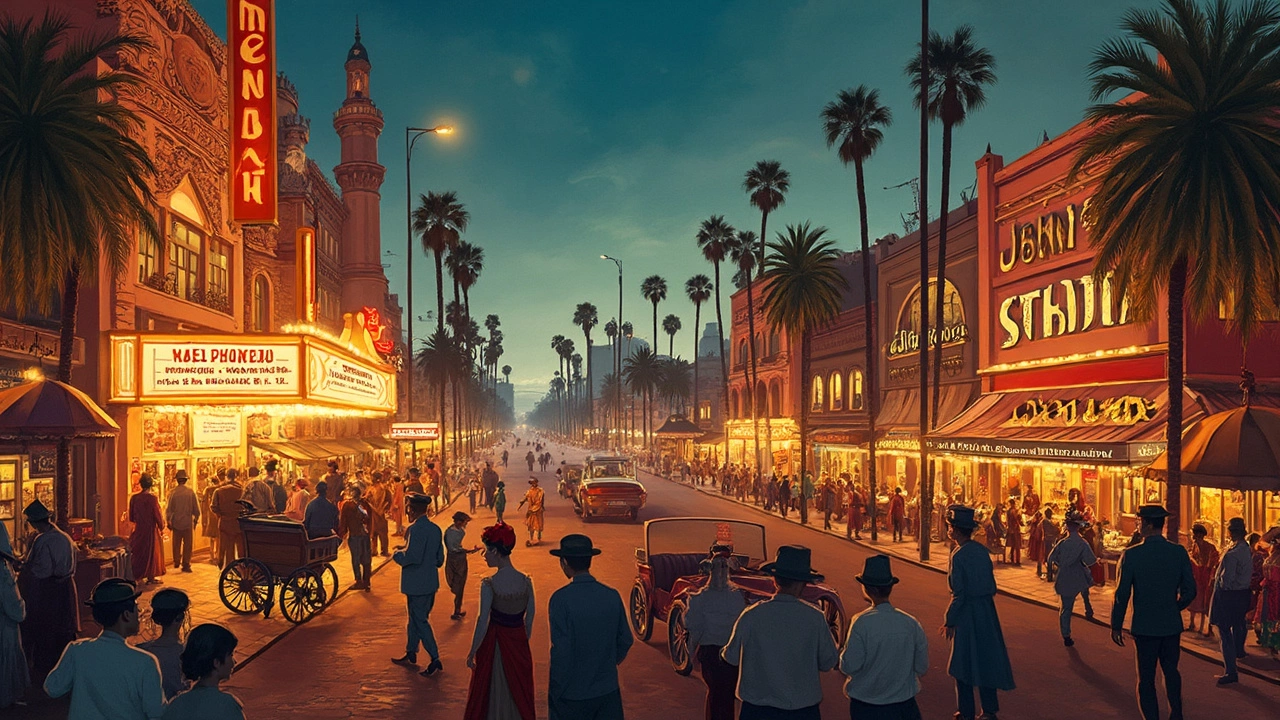
Ever wondered who got the first clapperboard swing—Bollywood or Hollywood? Most people guess Hollywood just because America's movie scene feels older and more global. But it's not that cut and dry. To know who actually came first and why it matters, you have to look at more than just blockbuster numbers or famous faces.
We’re used to thinking of Hollywood as the movie capital, but that wasn’t always a thing. Indian cinema’s roots dig back further than most people expect. The way films showed up in India, how Bollywood carved its own vibe, and what was going on in Los Angeles at the same time? It’s the kind of story you’ll want to tell at your next movie night.
If you’re trying to settle a debate or just want movie trivia that blows people’s minds, you’re in the right place. We’ll get into actual dates, what these early films looked like, and how they shaped what we watch today. No film degree needed—just a bit of curiosity.
- Where Did Hollywood Begin?
- How Bollywood Got Its Start
- Early Films: What Were They Like?
- Milestones That Changed Cinema
- Surprising Links Between the Two
- What Came First and Why It Matters
Where Did Hollywood Begin?
The story of Hollywood goes way back before it even became the powerhouse it is now. It all started in the early 1900s, and not in a shiny studio, but out in California when movie makers wanted to escape strict patent rules set by Thomas Edison’s company on the East Coast. Moving west gave them more freedom, lots of sunlight, and cheaper land. The first actual motion picture studio in Hollywood, Nestor Studios, opened up in 1911.
But here’s the twist—America was cranking out films before Hollywood was a thing. In 1893, Edison built the world’s first movie studio, the Black Maria, in New Jersey. Silent short films like "The Great Train Robbery" (1903) were already making waves before anyone yelled “action” in Los Angeles.
If you want numbers, check this out:
| Year | Event |
|---|---|
| 1893 | First US movie studio (Black Maria) built |
| 1903 | Release of "The Great Train Robbery" |
| 1911 | Nestor Studios opens in Hollywood |
| 1915 | Universal Pictures moves to Hollywood |
By the mid-1910s, big names like Universal, Paramount, and Fox had set up shop in what we now call Hollywood. Cheap labor, good weather, and miles of orange groves made it the perfect spot. Plus, being far from New York meant fewer legal headaches over patents.
So, to sum up: Hollywood didn’t invent movies, but it took the US film industry from small-time experiments to massive studio productions. And it’s been the heart of American movie-making ever since.
How Bollywood Got Its Start
Most folks are surprised to hear that Indian cinema rolled its first reel over a century ago. Bollywood, the face of Indian movies today, didn’t start with glamorous stars or music-packed blockbusters. It began way back in 1913 when Dadasaheb Phalke made India’s first full-length feature film, Raja Harishchandra. This was a silent film – no dialogues, just expressive acting and title cards between scenes.
Phalke actually got the idea after watching a British film on Christ. Inspired, he gathered a small crew, sometimes even training them from scratch. And get this—there were no women actors, so men played the female roles! Making a movie wasn’t a popular or respected job back then. Thanks to Phalke, who took massive personal risks, the first Indian movie got finished on a shoestring budget.
His gamble paid off. Raja Harishchandra drew crowds and buzz, kickstarting a trend. By the 1920s, India was already making dozens of films every year. People just couldn’t get enough! The industry rapidly grew even before sound films were a thing.
Bollywood—the term—came later, but the Hindi film industry settled in Mumbai (then called Bombay). That’s where the name comes from: Bombay plus Hollywood. Mumbai was the ideal spot, since it was a bustling port city where traders, artists, and new ideas mixed freely.
Just to give you an idea of the timeline and milestones:
| Year | Milestone |
|---|---|
| 1896 | First moving pictures shown in India by the Lumière Brothers |
| 1913 | First Indian feature film, Raja Harishchandra, released |
| 1931 | First Indian sound film, Alam Ara, released |
| 1950s | Bollywood starts to develop its own unique style |
So while Bollywood as a word is pretty recent, Indian cinema itself has been around for just as long—actually, longer in some ways—than you might think. And what started as risky, experimental filmmaking quickly snowballed into the world’s largest producer of films by the mid-20th century.
Early Films: What Were They Like?
If you could hop in a time machine to the early 1900s, movies wouldn’t feel much like today’s blockbusters. Both in India and America, the very first films were silent—no actors speaking, no fancy sound, only music played live by a band or a lone piano in the corner of the theater.
Let’s break it down with real titles. America’s first major narrative film was "The Great Train Robbery" in 1903. It ran only about 12 minutes, had simple action scenes of a train heist, and people were amazed by stuff like guns firing right at the camera. Forget CGI—this was raw, with wobbly camera shots and actors who always seemed to be running everywhere.
India's jump into cinema started in 1913 with "Raja Harishchandra," directed by Dadasaheb Phalke. He’s known as the father of Indian cinema for a reason. Everything was homemade, right from the storyboards to the actual camera tricks. The cast? All men, even for female roles, because acting wasn’t considered ‘proper’ work for women yet.
Here’s what made those early films so unique:
- No talking, just exaggerated facial expressions and big gestures so everyone could understand the plot.
- Short runtimes. Forget three-hour dramas—it was normal for films to last less than 20 minutes.
- No digital tricks. Directors got creative with stop tricks (like pausing, shifting things, and starting up again), painted backdrops, and handmade props.
- For Bollywood’s earliest films, scripts pulled from Indian mythology and epics. For early Hollywood, the themes leaned on crime, adventure, and slapstick humor.
Both industries were just figuring out what worked. Most of the studios didn’t own fancy cameras or editing gear. Films were shot outdoors for natural light because decent electric lighting was way too rare and expensive. Watching an early film, you can practically see people inventing the rules as they went along.
So, the next time you watch a Bollywood epic with loads of effects, just remember—it all started with grainy black-and-white reels, loud pianos, and some wild creative risks.
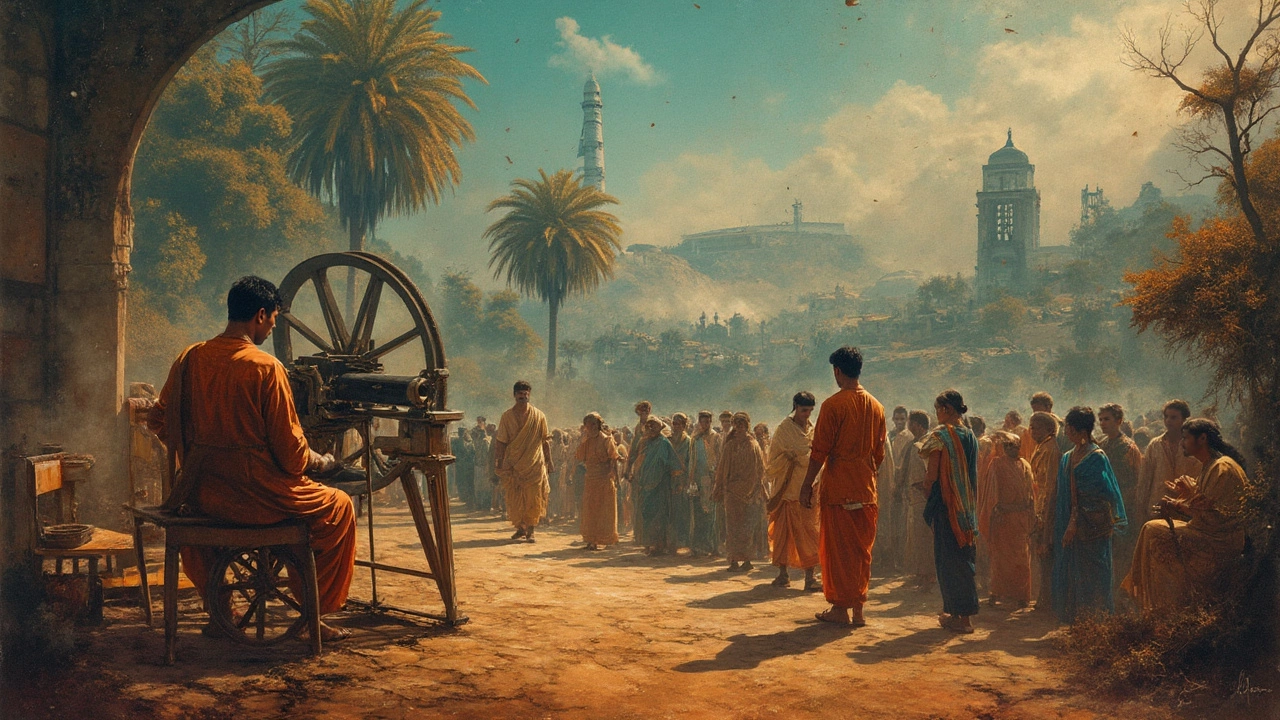
Milestones That Changed Cinema
You can’t talk about Bollywood or Hollywood without mentioning the breakthroughs that totally transformed moviemaking. Both industries have had moments that flipped their own rulebooks and made everyone else sit up and pay attention.
Let’s start with Hollywood. In 1927, 'The Jazz Singer' dropped and everything changed. It was the first feature film with synchronized sound (yeah, actual talking and singing), which basically kicked silent films out the door. By the early 1930s, every big Hollywood studio had switched to sound. Then, 1939 gave us ‘Gone with the Wind’ and ‘The Wizard of Oz’—the color films that defined what a blockbuster could look like.
Bollywood had its own game-changers. In 1913, Dadasaheb Phalke released ‘Raja Harishchandra,’ which was silent but started a revolution in Indian cinema. Fast forward to 1931, and ‘Alam Ara’ came along as India’s first talking movie—people literally lined up for hours just to hear actors speak on screen. By the 1950s, Bollywood was pumping out films like ‘Mother India’ (1957) that grabbed the world’s attention and even scored Oscar nominations.
Want to see the big jumps side by side? Here’s a quick look at when some of these key milestone films showed up, both in Hollywood and Bollywood:
| Year | Hollywood | Bollywood |
|---|---|---|
| 1913 | - | Raja Harishchandra (First full-length Indian film) |
| 1927 | The Jazz Singer (First sound film) | - |
| 1931 | - | Alam Ara (First Indian talkie) |
| 1939 | Gone with the Wind, The Wizard of Oz (Color epics) | - |
| 1957 | - | Mother India (Oscar nomination) |
New technology kept popping up too. Bollywood jumped on color with ‘Kisan Kanya’ in 1937, while Hollywood really went wild with ‘Technicolor’ by the 1940s. And let’s not forget when movies started to hit global screens in languages beyond English—the rise of film festivals in the 1950s put both Indian and American movies in the world’s spotlight.
All these moments turned local industries into true giants. It’s one thing to shoot a film, but it’s another to have crowds line up, grab awards, and rake in ticket sales worldwide. These milestones show why Bollywood and Hollywood aren’t just about who came first—they’re about who got people around the world excited about films.
Surprising Links Between the Two
Turns out, Bollywood and Hollywood have crossed paths more than most people realize. Even though their styles are different, their histories are weirdly tangled together, sometimes in ways that end up shaping movie trends for a whole generation.
Let’s start way back: The guy who directed Bollywood’s very first feature film, Dadasaheb Phalke, actually saw newsreels and movies made in the West, which fired up his dream to make Indian stories for Indian people. Without those early Hollywood silent films, Bollywood might’ve looked totally different at its birth.
Fast-forward to the 1950s. During this time, Hollywood was making big musicals that people couldn’t stop talking about—think 'Singin’ in the Rain.' Bollywood was watching and went, “Hey, we can do that.” That’s why so many Indian movies still have those huge song-and-dance routines right in the middle of the action. It’s not a copy, but you can definitely spot the influence if you look for it.
Actors and directors have jumped the gap too. Legendary filmmaker Guru Dutt was known for watching Hollywood classics to get ideas for camera shots. On the flip side, when Hollywood director Baz Luhrmann made 'Moulin Rouge!' in 2001, he openly said he took inspiration from Bollywood’s glitzy style and storytelling.
- Some Hollywood movies have even been remade into Bollywood hits—'Bride and Prejudice' is a wild example, mashing English lit with Indian flair and Hollywood production.
- Bollywood actors like Priyanka Chopra and Irrfan Khan broke into Hollywood and brought elements of Bollywood to a global crowd.
- Major Hollywood studios like Disney and Fox have invested cash and resources into Bollywood productions since the 2000s, blurring the line between the two even more.
It’s not a one-way flow. Bollywood’s full-color song numbers and larger-than-life heroes have started showing up in Hollywood projects too. Just watch 'Slumdog Millionaire' or even the dance scenes in 'The 100-Foot Journey.' The crossovers keep getting easier—and a lot more visible—now that streaming platforms show Indian films right alongside American ones.
What Came First and Why It Matters
This one usually trips people up. If you look at the official records, Hollywood started up just a little bit before Bollywood. The very first Hollywood movie, "In Old California", was shot in Los Angeles in 1910. Now, India’s first full-length feature film, "Raja Harishchandra" by Dadasaheb Phalke, hit the screen in 1913. So in terms of actual feature films, Hollywood just barely beat Bollywood to the punch.
But here’s where it gets interesting: short films made it to India super early, too. The Lumière brothers had their films shown in Bombay in 1896—almost right after Paris. Still, Hollywood as a place for making movies officially started in the 1910s, and India’s first actual movie was just around the corner.
If you’re looking for hard numbers, check out this timeline table for quick answers:
| Milestone | Hollywood | Bollywood |
|---|---|---|
| First film screening | 1896 (Los Angeles) | 1896 (Bombay) |
| First film studio opens | 1911 (Nestor Studio) | 1910 (Coronation Cinematograph) |
| First feature-length film | 1910 ("In Old California") | 1913 ("Raja Harishchandra") |
So, even if Bollywood is massive today, historically Hollywood was first by just a few years. Big deal, right? Well, it actually is, because those early years set the rules for how these movie worlds grew. Hollywood’s head start meant American films quickly spread across the globe, and their style became “the standard.”
But Bollywood didn’t just copy—India cooked up a whole new flavor of film, full of songs, dances, color, and family drama. Understanding who came first helps you see why movies from these places feel so different even now. The timing isn’t just trivia—it’s why movie night at home looks and sounds totally different, depending on which country’s cinema you pick.
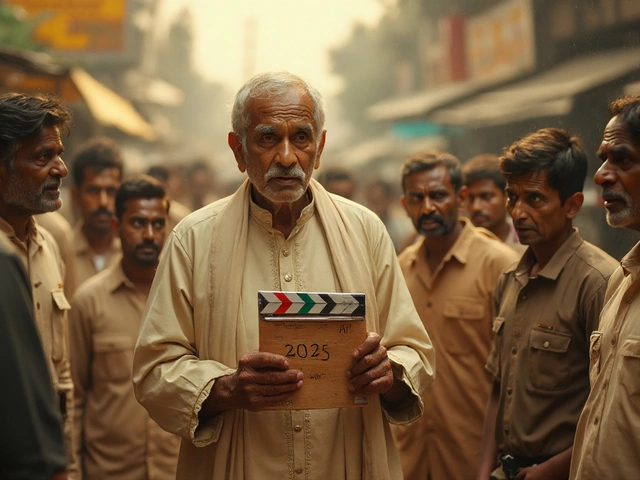
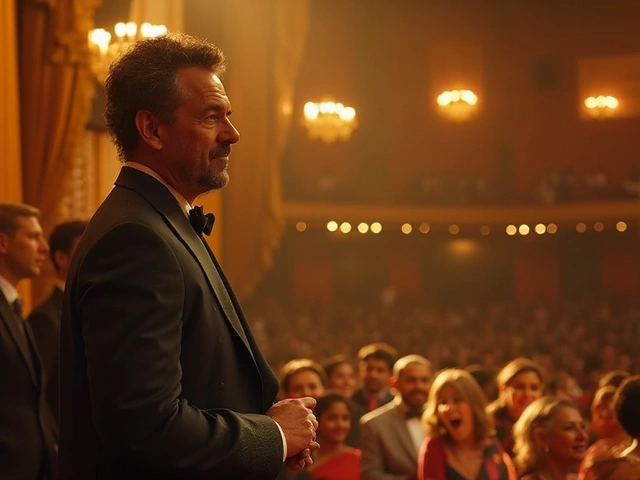
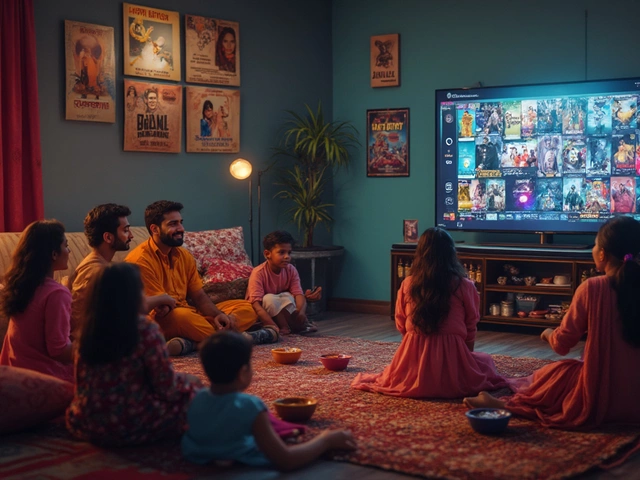
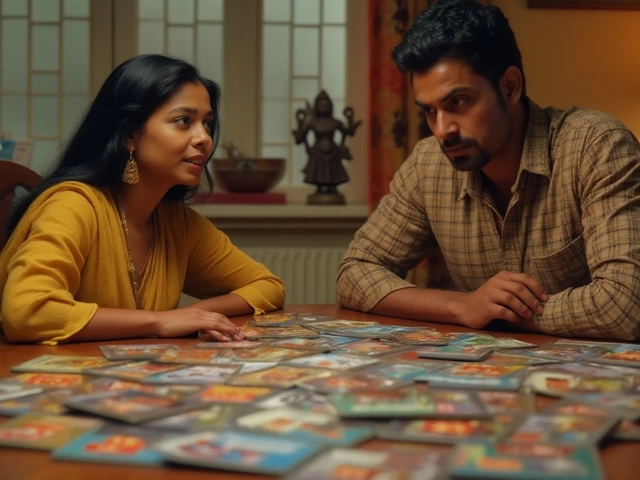
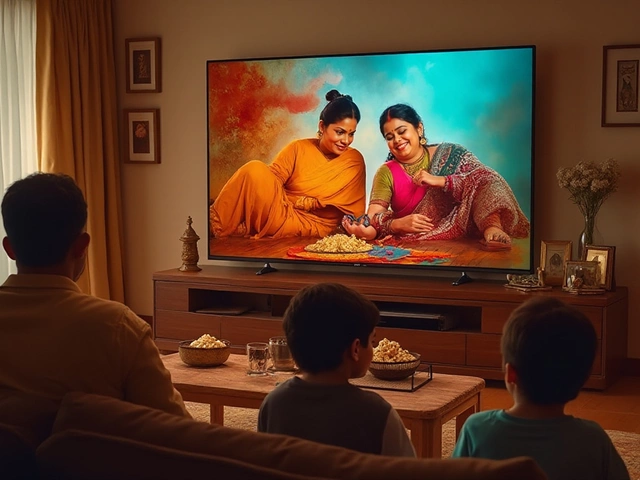
Write a comment